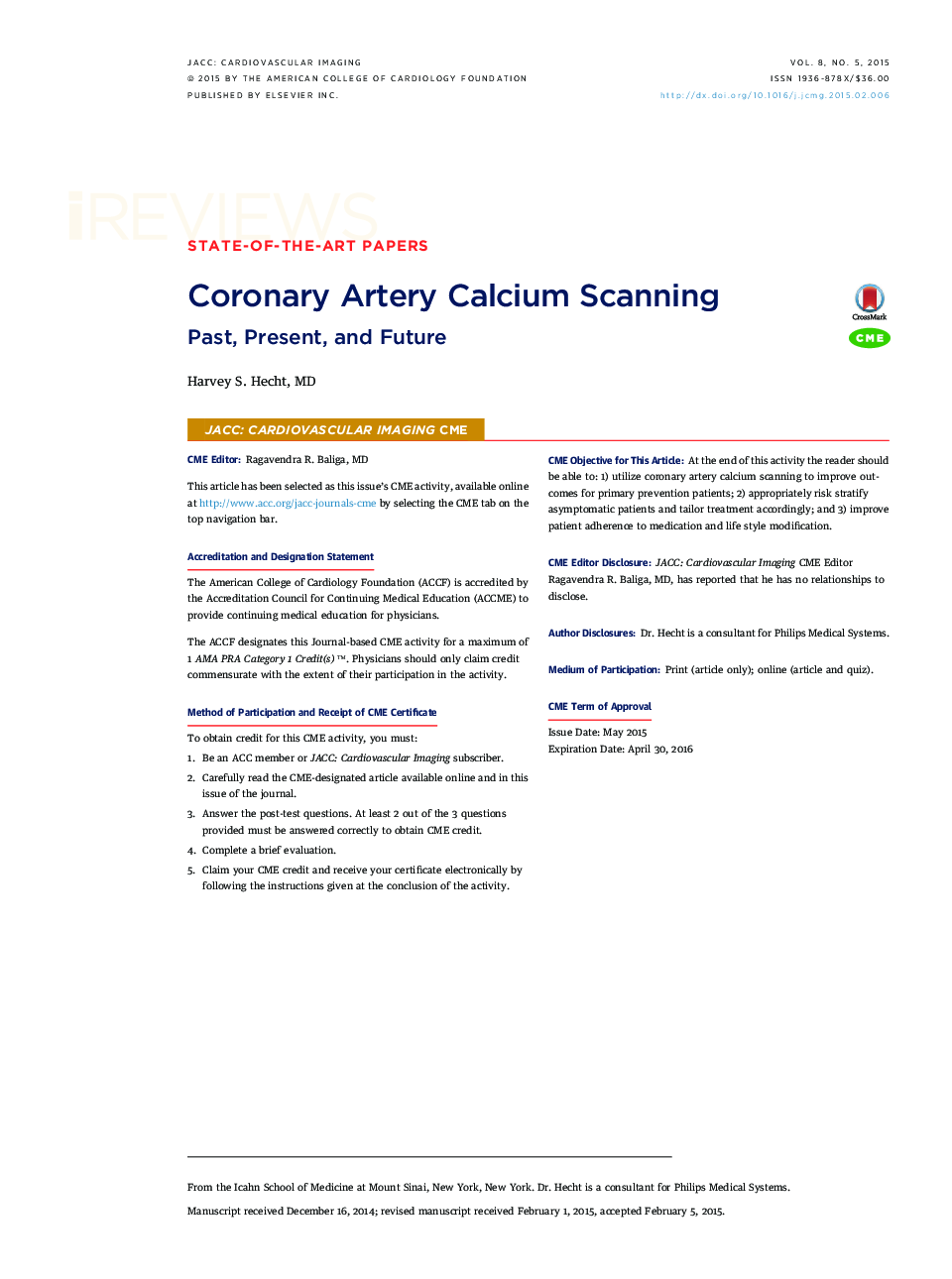| Article ID | Journal | Published Year | Pages | File Type |
|---|---|---|---|---|
| 5980126 | JACC: Cardiovascular Imaging | 2015 | 18 Pages |
Coronary artery calcium scanning (CAC) has emerged as the most robust predictor of coronary events in the asymptomatic primary prevention population, particularly in the intermediate-risk cohort. Every study has demonstrated its superiority to risk factor-based paradigms, e.g., the Framingham Risk Score, with outcome-based net reclassification indexes ranging from 52.0% to 65.6% in the intermediate-risk, 34.0% to 35.8% in the high-risk, and 11.6% to 15.0% in the low-risk cohorts. CAC improves medication and lifestyle adherence and is cost-effective in specified populations, with the ability to effectively stratify the number needed to treat and scan for different therapeutic strategies and patient cohorts. Data have emerged clearly demonstrating the worse prognosis associated with increasing CAC on serial scans, suggesting a potential role for evaluating residual risk and treatment success or failure. CAC is also strongly associated with the development of stroke and congestive heart failure.
